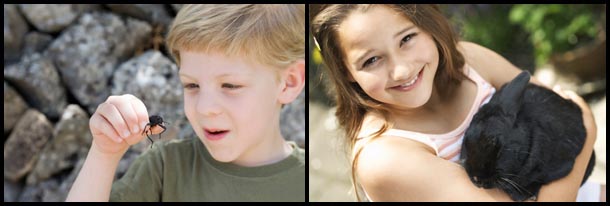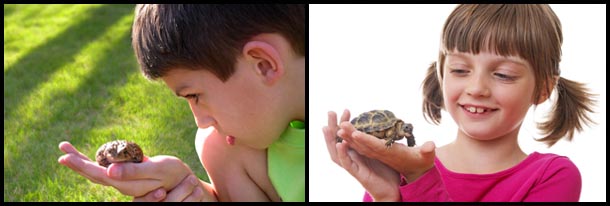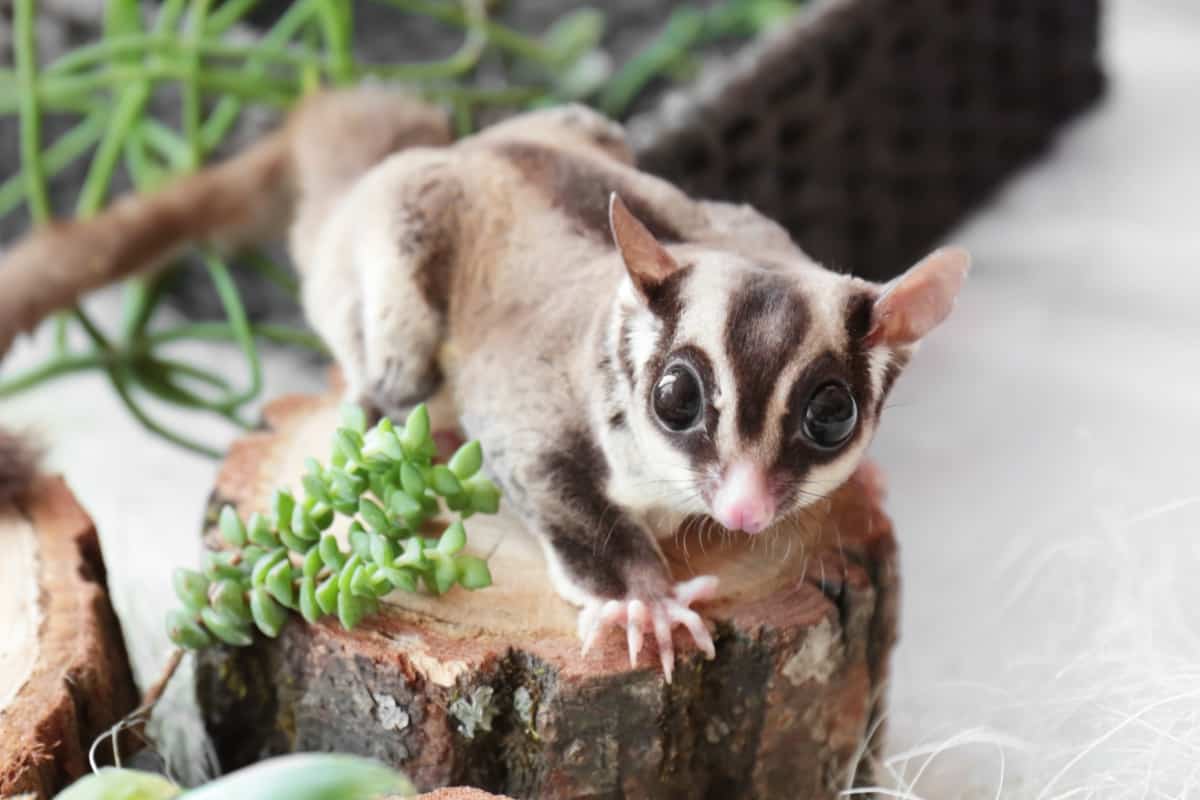Sugar gliders have a natural, musky smell that will always be present even if they are bathed. However, this smell can be reduced by maintaining the correct diet. You can also litter train a sugar glider, and deep clean their cage every two weeks.
Natural sugar glider smell
Sugar gliders, like all animals, have their own unique smell. However, this is rarely unpleasant, and is usually just a musky smell.

Their natural smell will be present even if the sugar glider cleans itself often, or if you bathe them. This is because the gliders have scent glands in their skin, that are always operating. In the wild, their natural smell is a way of communicating with other gliders, letting others around them that they are present for territorial purposes or for mating.
Their scent glands develop as they age, so they may change in smell slightly when they become mature. Males produce the scent more often, so if you’re looking to be as odour free as possible, you should consider keeping a female sugar glider.

Although this smell is natural, it can be partially influenced by their health, diet, and environment. Therefore, you can (to an extent) alleviate this smell.
Preventing bad sugar glider smells
Maintaining the correct diet
Sugar gliders can begin to smell worse if they are being fed an incorrect diet. You should always try to follow a diet that is best for your sugar glider, recommended by a professional. You may see complex meal plans on the internet which claim to be more healthy that a typical one, but they may not be suitable for your glider.

A poor diet can cause an unusually strong musky smell to develop in your glider. This smell can be hard to eradicate, so try to be consistent with their recommended diet.
Ideally, you should mimic what sugar gliders typically eat in the wild. Since their natural environment changes through the seasons, their diet does as well. However, you don’t need to worry about altering their diet through the year. You just need to give them generally similar foods as they would find in the wild.

Sugar gliders need a diet of a quarter protein, a quarter fruit and vegetables, and half a typical pellet food. Protein for your sugar glider can be found in the form of insects, cooked eggs, or small amounts of cooked meat. For fruit and veg, they can be given mangoes, berries, and apples. Their pellet food should be made specifically for sugar gliders.

As always, before deciding on a diet for your pet, discuss it with a professional who is well versed in sugar glider nutrition.
Litter training a sugar glider
Litter training a sugar glider is fairly simple, since they always use the bathroom (not literally!) at the same time each day. Once you learn their sleep schedule and bathroom habits, it’ll be pretty easy to take care of them. If you don’t litter train them, they’ll defecate and urinate anywhere in their cage. This can be pretty hard to clean, so will inevitably become smelly pretty quickly.

To litter train them, you of course first need a small litter box. Place it in a position close to the door of the cage so it is easily removeable. Their litter tray should always be kept in the same spot for best results. You’ll need to encourage them to use the tray every day. Once you learn their bathroom schedule, you should move them to the tray each time they typically defecate and urinate.
Once they are litter trained, cleaning their cage will be a breeze! You’ll just have to replace the pellets in the litter tray each day, and occasionally clean them with hot water and soap.

To fully reduce bad smells from their cage, you can fully deep clean it about every two weeks. Wash the cage with vinegar and hot water, put cloth items through the washing machine, and wipe down ceramic items. Make sure to leave a few items so they can still smell their natural musk within the cage.



